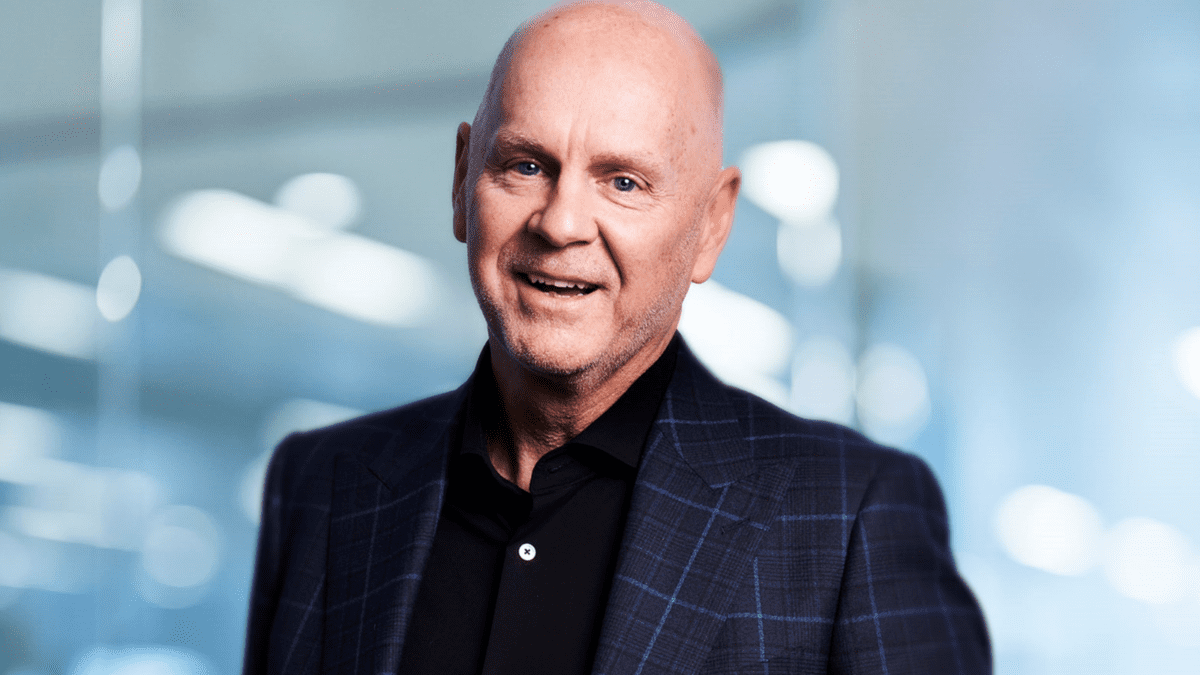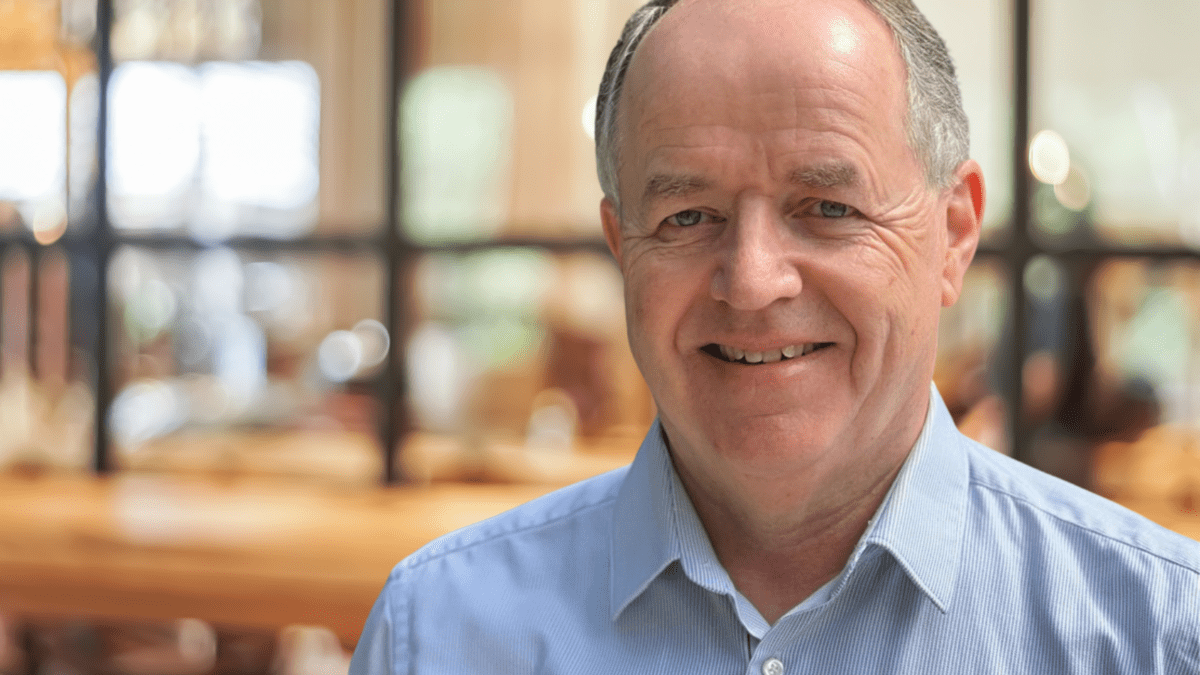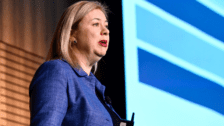‘Micro AFSLs’ surge as dealer group models lose grip on advice licensing
The licensee landscape is shifting, with large groups losing ground to smaller self-licensed ‘micro AFSLs’ as advisers continue to turn their backs on the traditional dealer group model.
Large licensees still house the most advisers, with 41.2 per cent of the nation’s 15,713 registered financial planners linked to one of 30 licensees with more than 100 advisers. A further 24 per cent sit within licensees that have between 20 and 99 advisers, according to recent numbers from Wealth Data.
Yet the number of advisers in ‘micro AFSLs’, or those that have less than 10 advisers, has swollen to 27.1 per cent of the industry.
The trend away from group licensing was catalysed by the 2018 Hayne Royal Commission and the banks’ collective exit from the wealth management industry. After two decades of institutional sponsorship, the bank exodus – combined with subsequent downsizing within the ranks of the country’s other two institutional grade providers, AMP and Insignia – forced thousands of advisers to either join robust mid-tier licensees or apply with the securities regulator for their own Australian Financial Services License.
At this point, Wealth Data managing director Colin Williams says, the only new licensees on the market are micro AFSLs.
“All the licensee growth has been driven by advisers starting their own ‘micro AFSLs’. For example, back in 2019 there were 568 licensees with up to two advisers, that number is now at 869.”
The quantum of licensees is growing, he says, But none of them are large groups.
“Since the start of 2019, the number of advisers in the business models have dropped by 8,766 or 36.93 per cent. However, the number of licensees has increased by 253 or 17.51 per cent.”
Behind the drive to independence
For large licensees, the business challenges are myriad.
Compliance risk was dragged into the spotlight in the royal commission, forcing the likes of AMP and Insignia to reduce their flotilla to only the most profitable and compliant practices. In AMP’s case, the vehicle for this exercise was a buyer-of-last-resort program that has them with reputational damage and a costly legal battle. For Insignia, it’s $1.4 billion purchase of the 400-adviser strong MLC network in 2020 has been so problematic that it recently pushed three of its large groups (RI Advice, Consultum and TenFifty) into independent models.
Yet there are other dynamics pushing advisers towards self-licensing, as there have been since the self-licensing began to gain popularity in the early 2010s. Independence in product selection, system architecture, compliance procedure and branding have all played a role.
“The primary benefit is that you can recommend any appropriate product to clients you want to,” says Renato Manias, financial adviser at Melbourne’s Wattle Partners. “You’re not distributing any product or aligned to any particular platform or product suite that you haven’t chosen. You can control your own compliance and statements of advice, which means you can create a document the client wants to read.”
Manias warns, however, that there are negatives to self-licensing that advisers need to consider. “It can be dangerous in terms of compliance if you don’t take the responsibilities seriously,” he says, adding that for some advisers aligning with a larger group might be a better solution.
“It’s also really viable for young advisers starting their career or for those just opening their own practice for the first time,” he says. “A lot of advisers will set up with a larger group for four or five years and then become self-licensed.”
Professional indemnity insurance can also run much more expensive for a self-licensed adviser, Manias says. “Sourcing PI can be problematic as a self-licensed adviser,” he says. “Providers often feel more comfortable with an established licensee group.”










